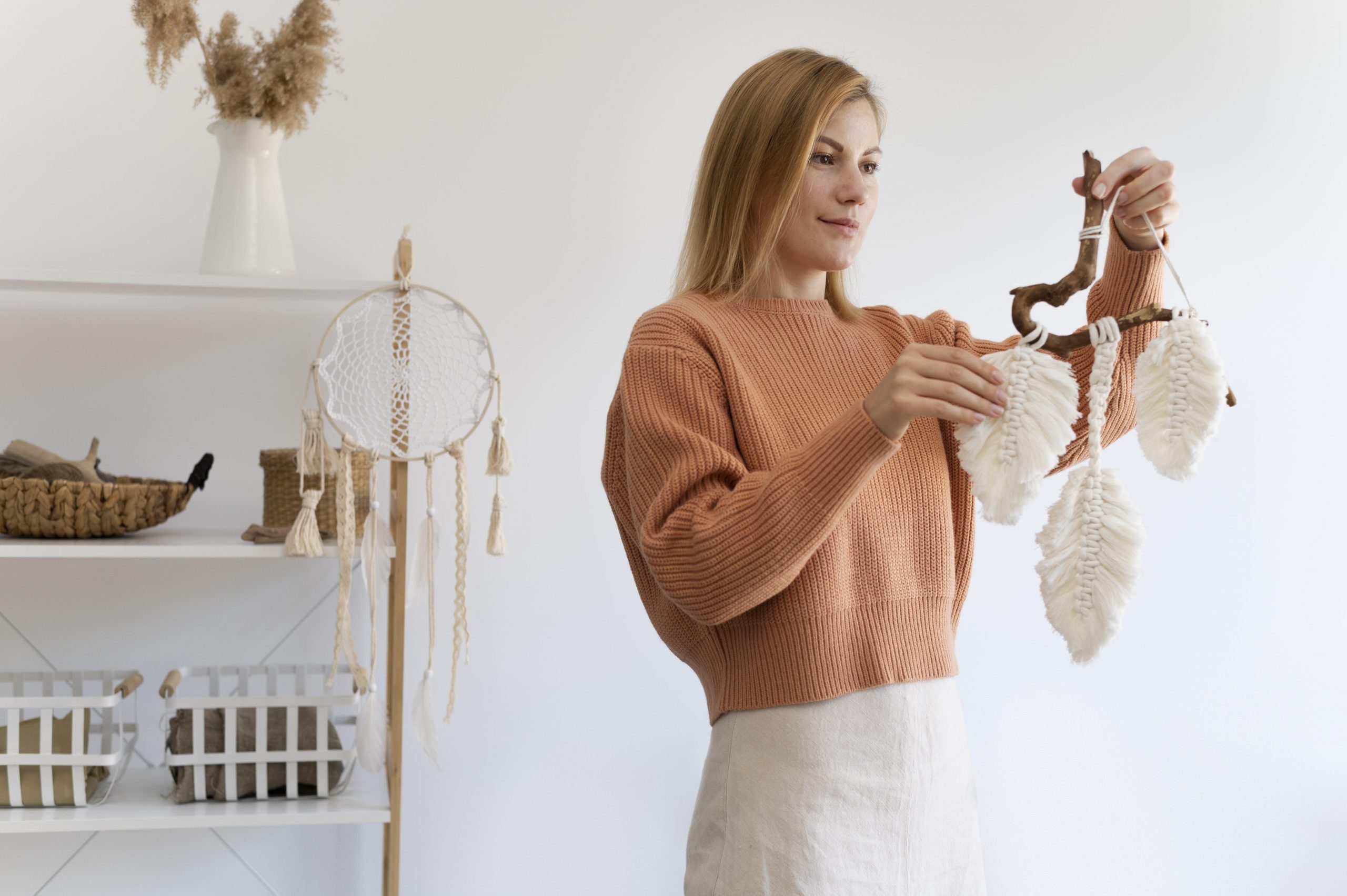As sustainability becomes more important in every aspect of our lives, fashion is no exception. The fashion industry has a significant impact on the environment, but with thoughtful choices, you can build a wardrobe that’s both stylish and eco-friendly. Here’s how to embrace sustainable fashion and create a wardrobe that aligns with your values.
1. Invest in Quality Over Quantity
One of the key principles of sustainable fashion is investing in high-quality pieces that will last longer. Instead of buying fast fashion items that fall apart after a few wears, focus on durable fabrics and timeless designs. A well-made item can stand the test of time and reduce the need for constant replacements.
Why It Works:
- Reduces waste by buying fewer items that last longer.
- Higher-quality materials are often more comfortable and versatile.
- Timeless pieces stay in style, ensuring longevity.
How to Do It:
- Choose natural, durable fabrics like organic cotton, linen, wool, or hemp.
- Look for well-constructed garments, paying attention to stitching and finish.
- Buy classic, versatile pieces that can be worn in multiple ways and seasons.
2. Embrace Secondhand and Vintage Clothing
Buying secondhand and vintage clothing is one of the most sustainable ways to build your wardrobe. Not only does it reduce demand for new resources, but it also allows you to find unique, one-of-a-kind pieces that add character to your style.
Why It Works:
- Reduces the environmental impact of manufacturing new clothes.
- Gives pre-loved items a second life, preventing waste.
- Vintage clothing often features high-quality materials and craftsmanship.
How to Do It:
- Shop at thrift stores, consignment shops, or online platforms like Depop and Poshmark.
- Look for timeless pieces that won’t go out of style.
- Don’t be afraid to get creative with alterations to make vintage pieces fit your personal style.
3. Opt for Sustainable Fabrics
The fabrics you choose play a huge role in the sustainability of your wardrobe. Natural fibers like organic cotton, linen, and bamboo are great eco-friendly options, as are newer fabrics made from recycled materials, such as recycled polyester or Tencel.
Why It Works:
- Sustainable fabrics have a lower environmental impact compared to conventional materials.
- Many sustainable fabrics are biodegradable or made from renewable resources.
- Eco-friendly fabrics are often softer and more breathable than their synthetic counterparts.
How to Do It:
- Look for clothing made from certified organic materials (e.g., GOTS-certified organic cotton).
- Choose fabrics like Tencel, hemp, and bamboo, which are produced with fewer chemicals.
- Check for eco-friendly certifications, such as OEKO-TEX Standard 100, to ensure safe production practices.
4. Care for Your Clothes to Make Them Last
Proper care is essential for extending the life of your clothing. Washing clothes less frequently, avoiding excessive ironing, and using eco-friendly detergents are all small but effective ways to reduce your wardrobe’s environmental impact.
Why It Works:
- Increases the lifespan of your clothes, reducing the need for replacements.
- Prevents the shedding of microplastics and reduces energy consumption.
- Reduces the amount of water and chemicals used in laundry.
How to Do It:
- Wash clothes in cold water and line dry when possible to save energy.
- Use a laundry bag designed to catch microplastics when washing synthetic fabrics.
- Repair damaged clothing instead of discarding it—learn simple sewing techniques or take items to a tailor.
5. Choose Brands with Strong Sustainability Practices
Many fashion brands are now prioritizing sustainability, using eco-friendly materials, ethical labor practices, and reducing waste. When possible, support brands that align with your eco-friendly values by ensuring they are transparent about their production processes.
Why It Works:
- Supporting ethical brands promotes sustainability within the industry.
- Many sustainable brands offer fair wages, ethical working conditions, and environmentally responsible manufacturing practices.
- Helps drive the demand for more eco-conscious fashion choices.
How to Do It:
- Research brands to see if they are committed to sustainable practices and transparent about their sourcing.
- Look for certifications such as Fair Trade, B Corp, or Global Organic Textile Standard (GOTS).
- Support local or small-scale designers who prioritize sustainable production.
Conclusion
Building a sustainable wardrobe isn’t about overhauling your entire closet overnight; it’s about making mindful choices that align with your values and reduce your environmental impact. By investing in high-quality, timeless pieces, shopping secondhand, choosing eco-friendly fabrics, and supporting ethical brands, you can create a wardrobe that’s both stylish and sustainable. Remember, fashion is not just about looking good—it’s about feeling good, too, knowing that your choices are making a positive impact on the planet.



